Is there a way to “lock in” an image style? My “perfect” prompts are completely inconsistent on reuse.
Ensuring Consistent Image Styles in AI-Generated Content: Best Practices and Solutions
In the rapidly evolving landscape of AI-powered content creation, generating high-quality and visually consistent images has become a common goal for designers, marketers, and content creators alike. Many users encounter a recurring challenge: how to maintain a uniform style across multiple AI-generated images, especially when reusing prompts for platforms like Instagram or other social media channels.
Understanding the Challenge
When using AI tools such as ChatGPT integrated with image generation capabilities, users often spend significant time refining prompts to achieve a desired aesthetic. For example, a user might craft a prompt like:
“Flat vector illustration of a scientist in a lab, minimalist, using only shades of blue and orange.”
After several iterations, this prompt might produce the perfect result. However, reusing it later often leads to unpredictable variations—colors may shift, the illustration style may become more cartoonish, or the composition could change entirely. This inconsistency can undermine branding efforts and make it difficult to produce a cohesive visual series.
The core issue lies in the AI’s innate variability. While the prompt may be fine-tuned initially, subsequent generations can diverge due to stochastic elements in AI models, leading to a loss of style consistency.
Strategies for Achieving Style Lock-In
Although no foolproof method guarantees perfect consistency, several techniques can help mitigate variability and produce more uniform results:
-
Use of Seed Values:
Some AI image generation tools allow you to set a specific seed value. A seed acts as a starting point for the randomness inherent in AI models, enabling reproducibility of outputs. By using the same seed along with your prompt, you can generate similar images across different sessions. -
Explicit Style Descriptions:
Enhance your prompts with detailed style references, such as mentioning specific art styles (e.g., “in the style of minimalistic vector art”) or referencing known artists, color palettes, or design systems. For example:
“Create a minimalist flat vector illustration of a scientist in a lab, using shades of blue and orange, in the style of modern flat design.”
-
Consistent Prompts and Templates:
Developing standardized prompt templates can help maintain consistency. Save these templates and reuse them verbatim, adjusting only parameters like seed or minor details when necessary. -
Using Style Transfer Techniques:
Some AI platforms support style transfer features, where you can first generate an image in your desired style and then apply that

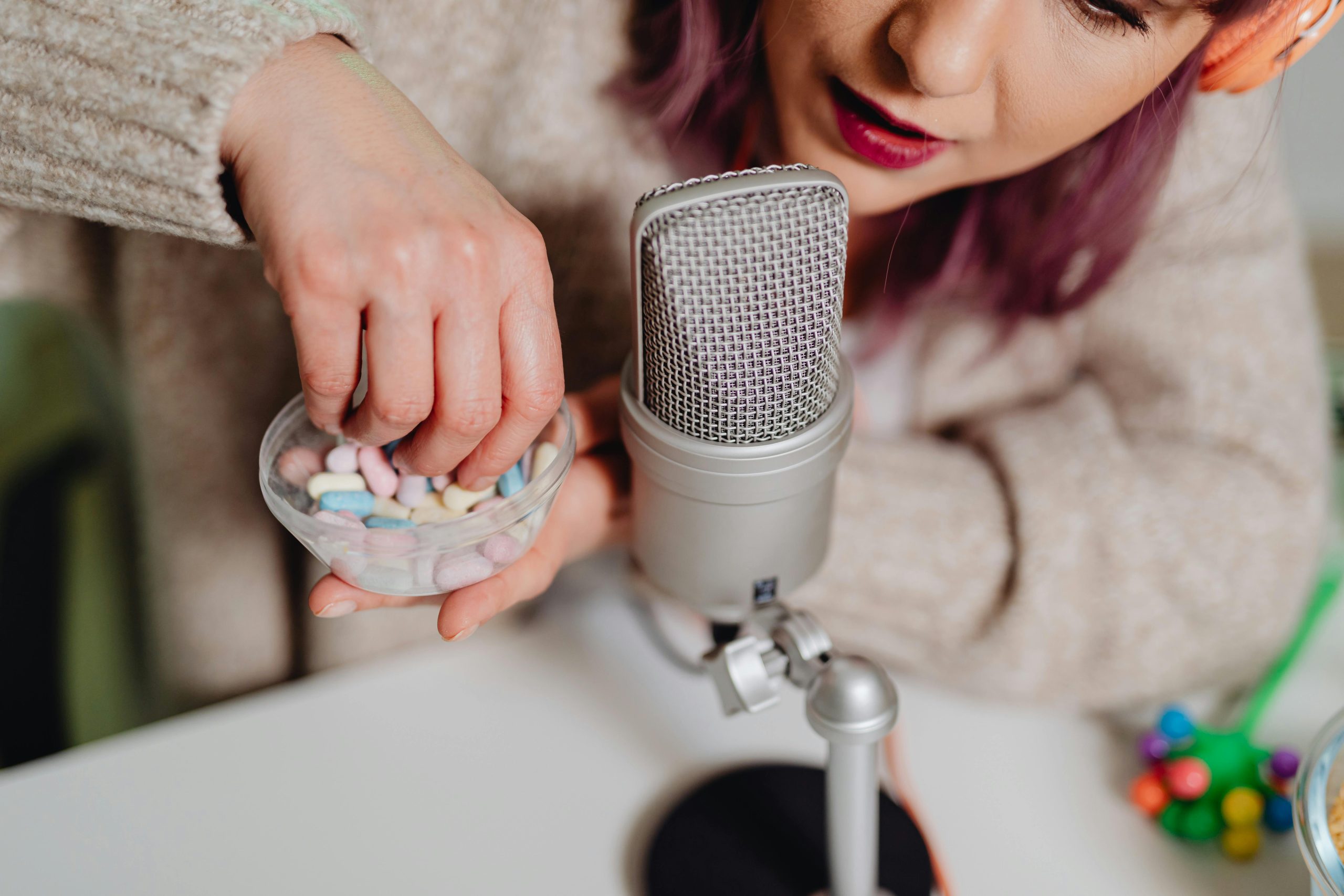

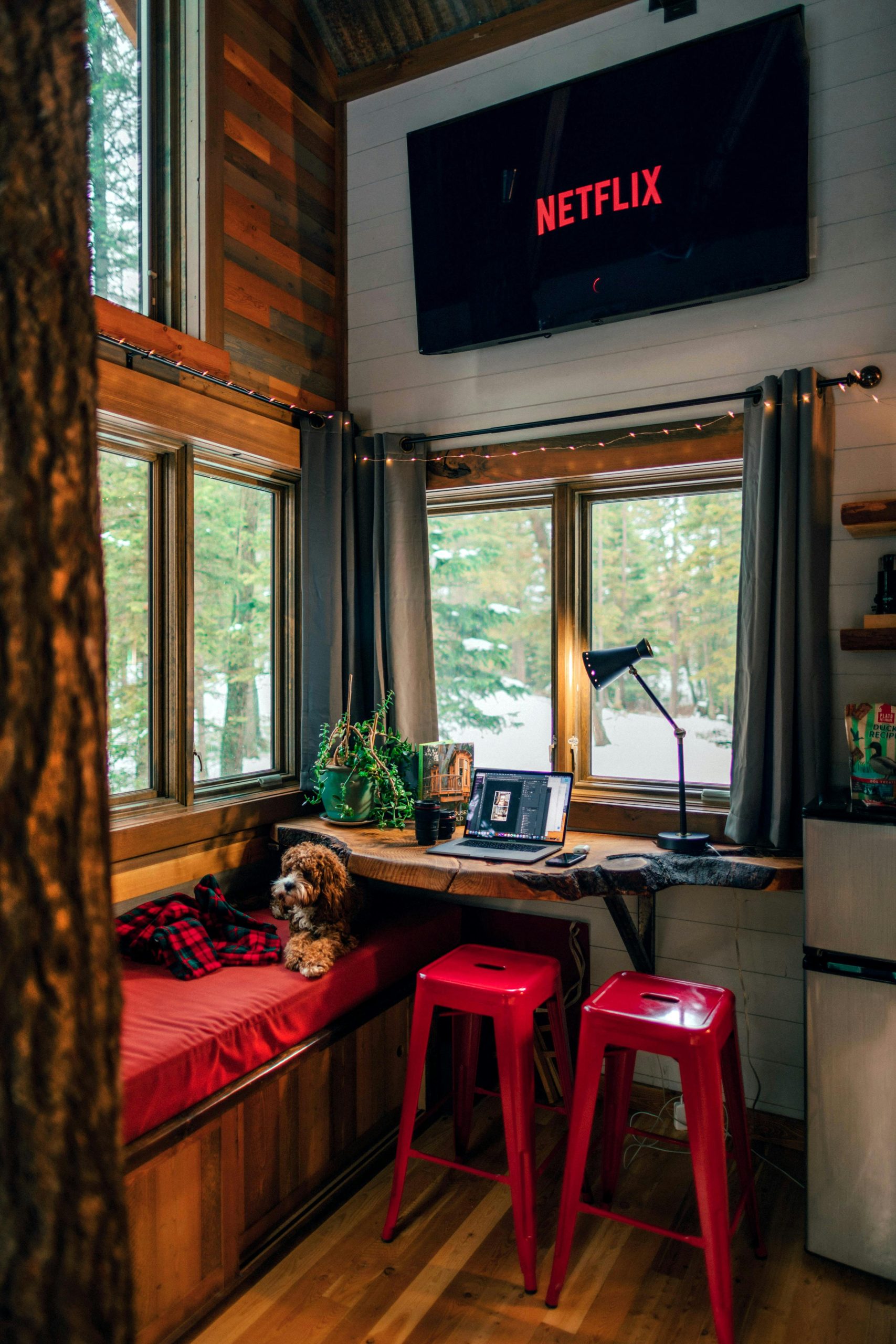





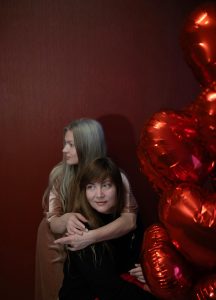

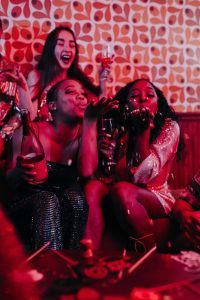

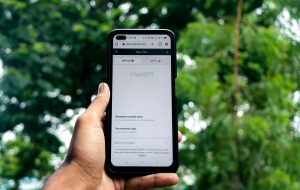
Post Comment